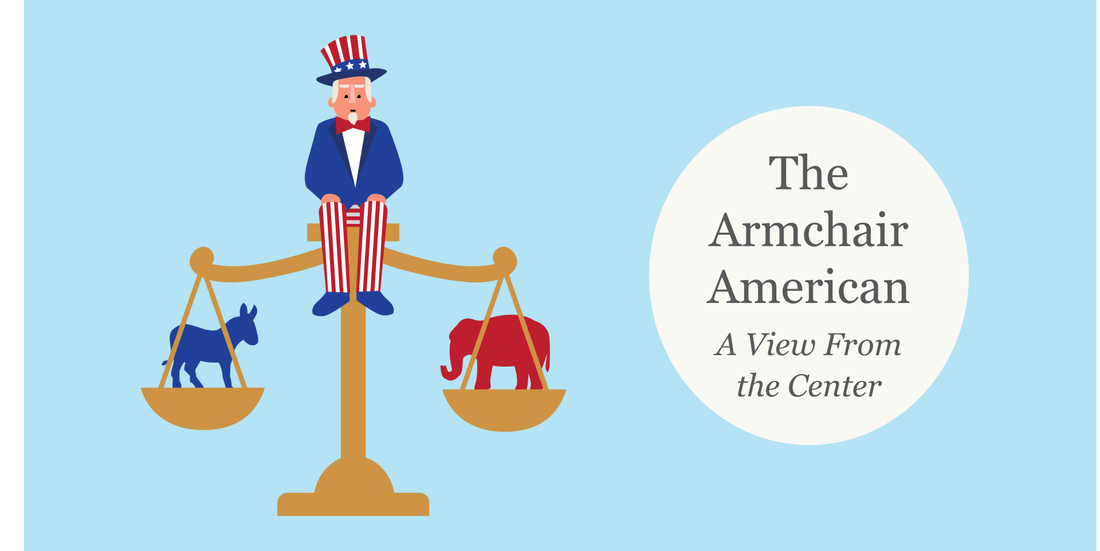$1.9 Trillion American Rescue Plan of 2021. What's in the Plan, and Where is the Money Coming From?3/20/2021 On March 11, 2021, President Biden signed into law the American Rescue Plan Act of 2021. This $1.9 trillion economic stimulus bill is intended to speed up the U.S.’s recovery from the economic and health impacts of the COVID-19 pandemic. The amount of money in this plan is huge, and that was intentional. Joe Biden was the point man for President Obama’s $787 billion stimulus plan in 2009 to help lift the country out of the “Great Recession”. But in retrospect, many economists feel that the stimulus was too small, resulting in a slow and sluggish economic recovery. President Biden does not want to repeat that mistake. The amount of money in this act is massive, but is it all needed, and where will the money come from to pay for it? What’s in the American Rescue Plan Act: The act contains over 600 pages of legislation that very few law makers have read, much less fully comprehended. The entire act can be found at the following link for your reading pleasure: https://www.congress.gov/bill/117th-congress/house-bill/1319/text#toc-HF220ECA2BFFA40A1BE08D043923EEE1F. The American Rescue Plan builds upon the two previous COVID relief bills: the $2.2 trillion “Cares Act” signed into law in March of 2020, and the $900 billion coronavirus response and relief appropriations, part of the “Consolidated Appropriations Act”, signed into law in January of this year. Here is a summary of the major spending provisions in the new $1.9 trillion rescue plan:
Where Will the $1.9 Trillion Come From: The U.S. has already accumulated a budget deficit in the current fiscal year, which ends on September 30, 2021, of just over one trillion dollars, https://bipartisanpolicy.org/report/deficit-tracker/ . This means that the U.S. Treasury cannot fund the $1.9 trillion from current or near-term revenues. So how about the money the government has stockpiled for a rainy day? There isn’t any. In fact, the U.S. is sitting on a national debt of over $23 trillion. So, the government’s options are to increase revenues (taxes), sell off assets, borrow the money, or a combination of these. Which option do you think the government will take? You’re right! The government will just borrow more money. The $1.9 trillion will come from the sale of U.S. government bonds by the Treasury. This is a huge amount of bond sales and it has the potential of siphoning money away from other bond markets essential for funding corporations, local governments and municipalities. Typically, this would result in a bond issuer increasing the yield on the bond to entice buyers. This could trigger higher interest rates and slow the economy. But the Federal Reserve is committed to preventing that from happening. The Fed has recently stated that it will continue to purchase as many bonds as necessary to keep interest rates low, https://www.pbs.org/newshour/economy/powell-signals-federal-reserve-will-keep-aiding-economy-with-bond-buying. How the U.S. will pay off its mounting debt, and whether or not all the new spending will lead to inflation, are real concerns. These are big issues, and there is no clear consensus among economists. The Federal Reserve will be monitoring the situation closely. Hopefully there will be a nice boost to the GDP without overheating the economy. We don't want the Fed to put the breaks on by increasing interest rates before the unemployment rate is back to pre-pandemic levels. What I Like About the Rescue Plan:
What I Don’t Like About the Rescue Plan: The rescue plan is being sold to the American people as essential in order to boost the economy damaged by the pandemic, and to provide financial support to individuals and families who have lost jobs or who have suffered financially as a result of the pandemic. I cannot support any provision in this plan that does not promote these objectives. If I had to guess I would say that only about one half of the spending in the plan supports these objectives. Here are some of my specific objections to the rescue plan:
The American Rescue Plan of 2021 is very popular with the American people. This is not surprising since the vast majority of them will receive direct cash payments. For those individuals who have lost their jobs or have experienced financial hardships as a result of the pandemic, I am all in favor of the cash payments. These people need the money and will spend it, unlike many higher income families who won’t. President Biden wanted the amount of money in the rescue plan to be huge, and he did not disappoint. But much of this money is poorly targeted, and in my opinion, not needed to get the economy rolling again. The economy is already picking up as more people become vaccinated, the shutdowns end, and kids get back to school. Let’s just hope that the economy doesn’t overheat with all the excess stimulus, causing the Federal Reserve to put on the breaks before those sectors damaged by the pandemic have recovered. I hope that President Biden and his advisors know what they are doing. Otherwise we could end up here: If you enjoy reading this type of commentary please subscribe to my blog and tell a friend. You will receive an email notification when new blogs are posted. The email will come from the site’s email: [email protected].
Thanks, Armchair American
0 Comments
Leave a Reply. |
AuthorThe Armchair American. Archives
November 2024
Categories
All
|














 RSS Feed
RSS Feed